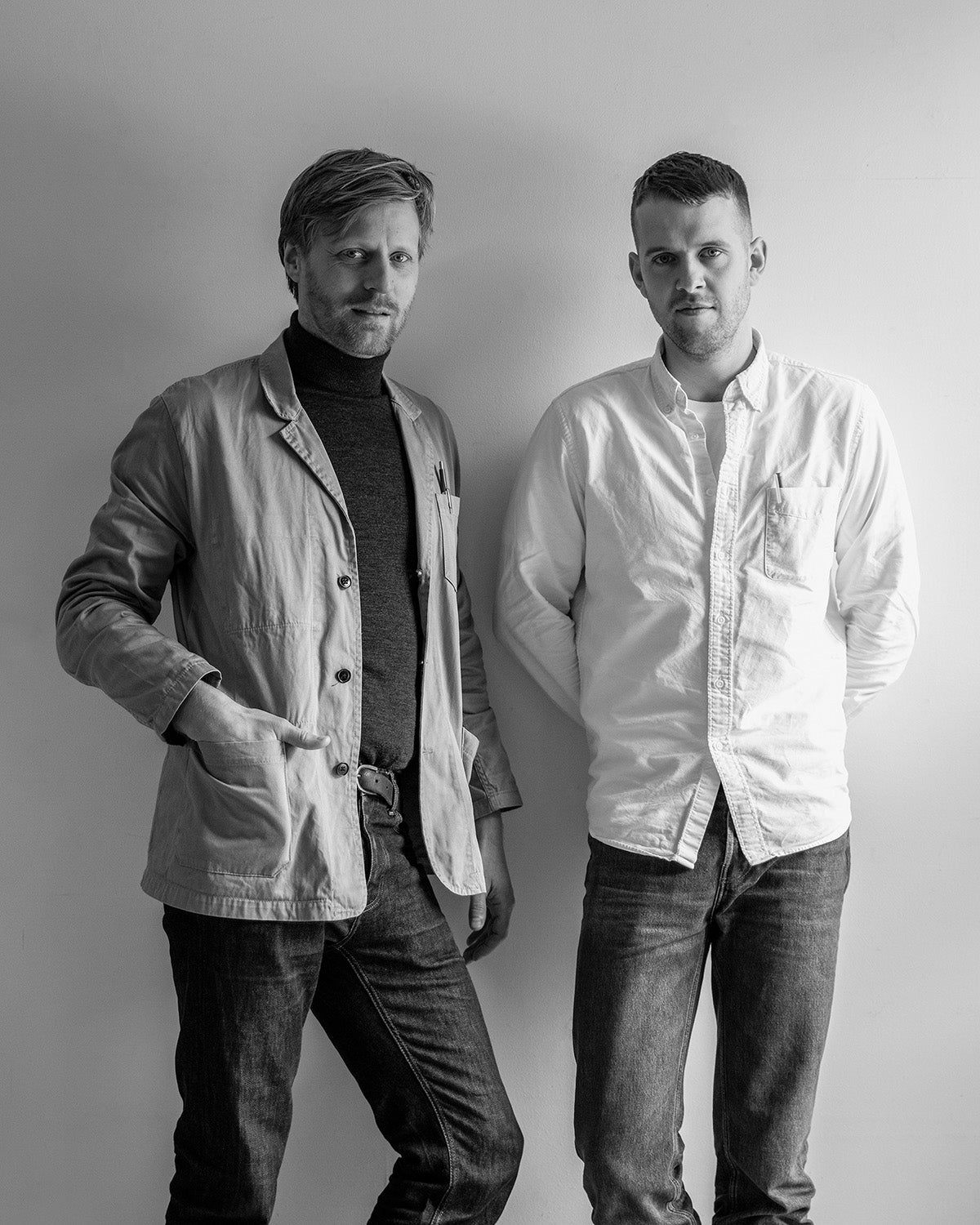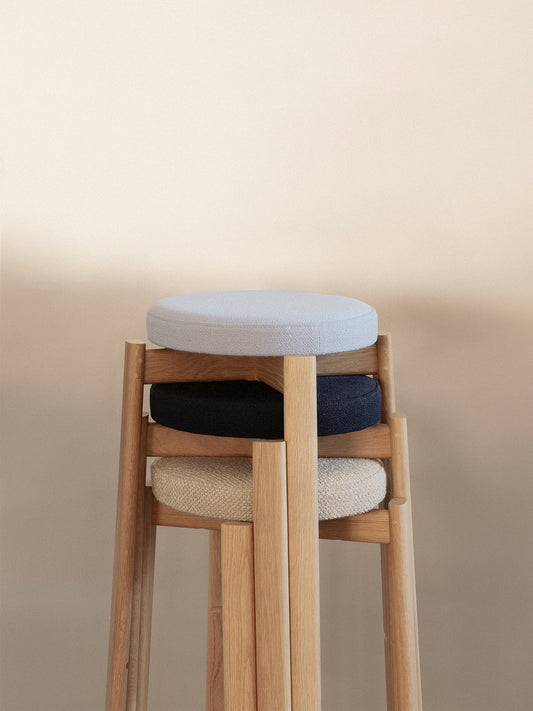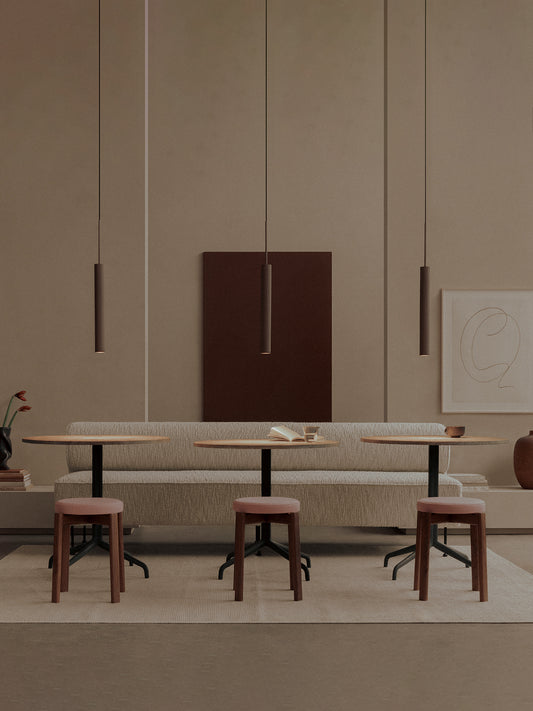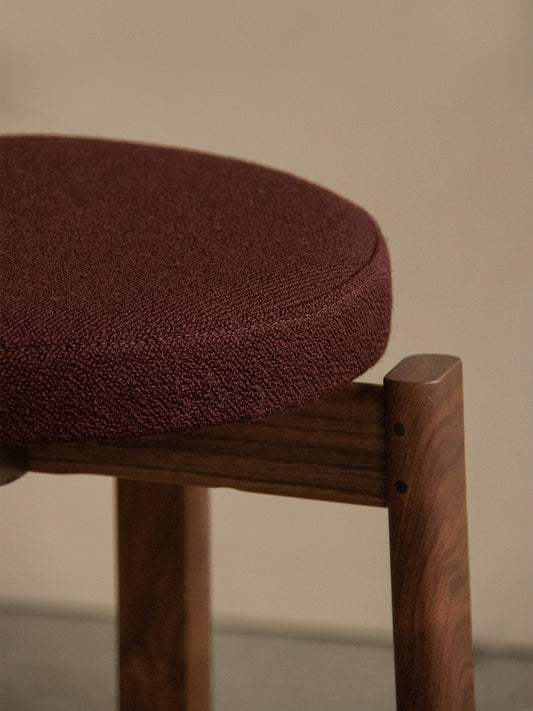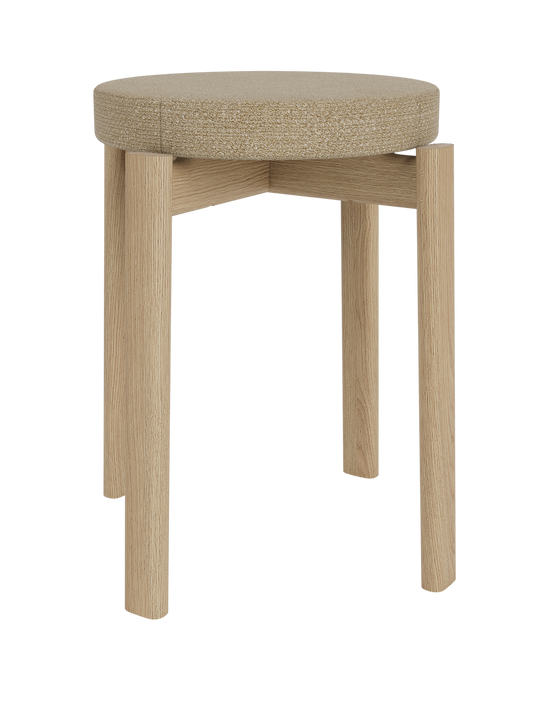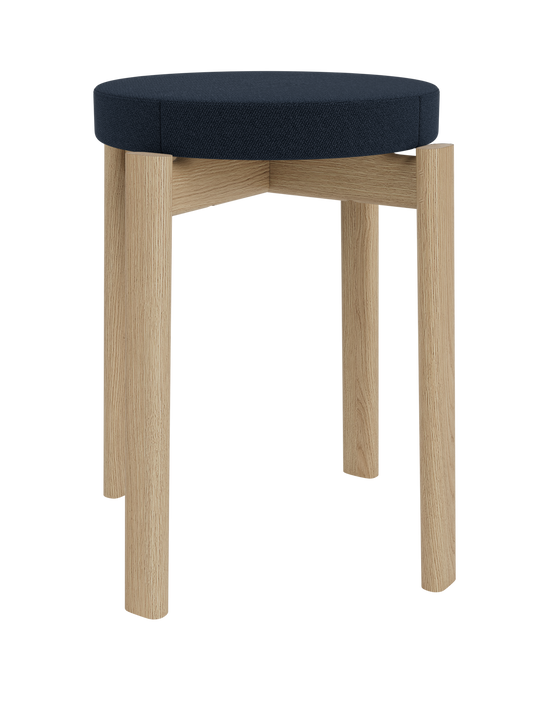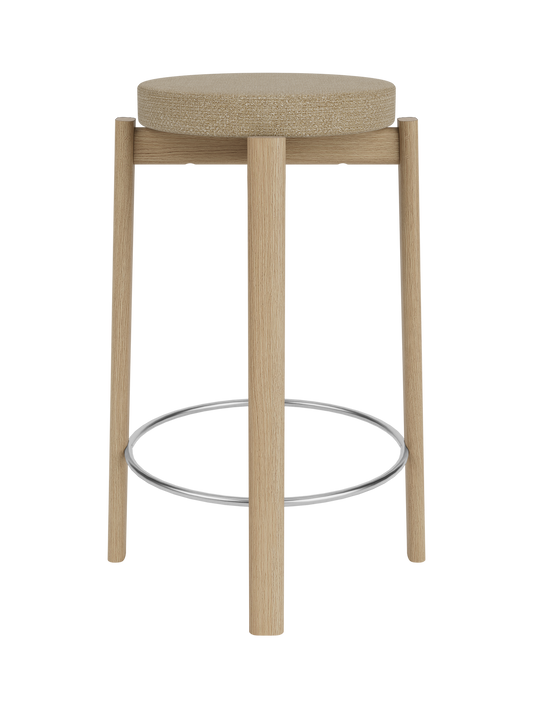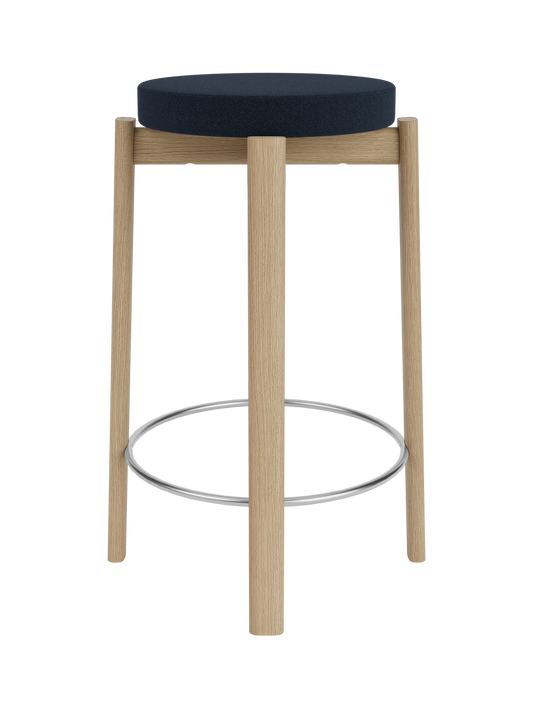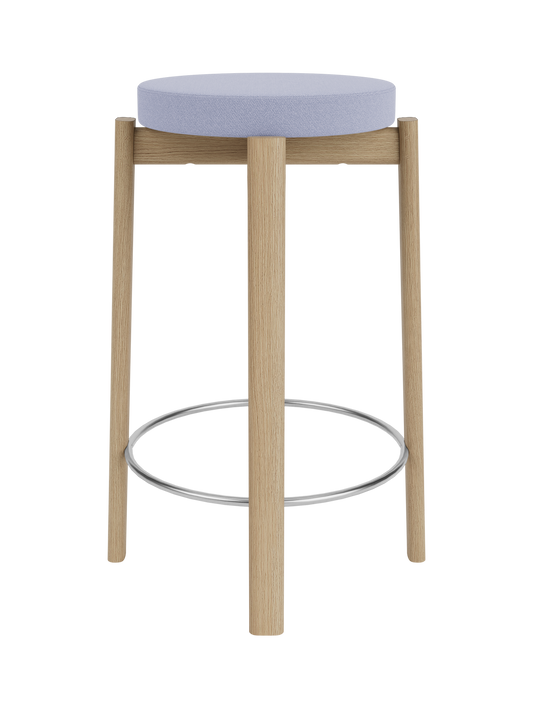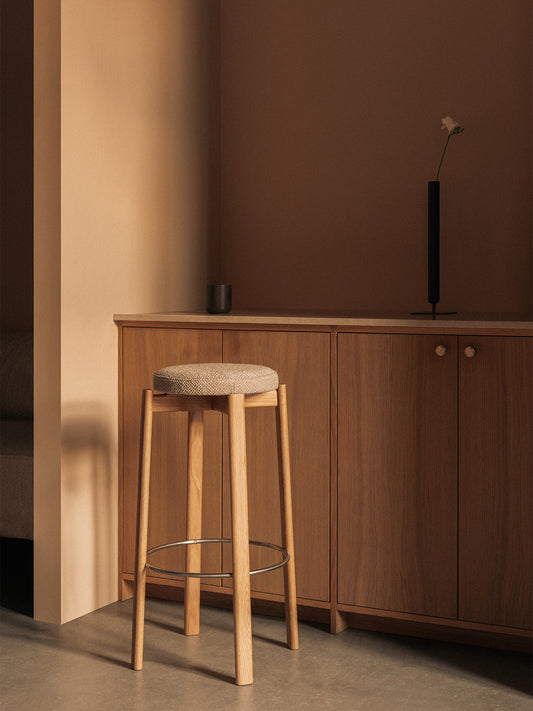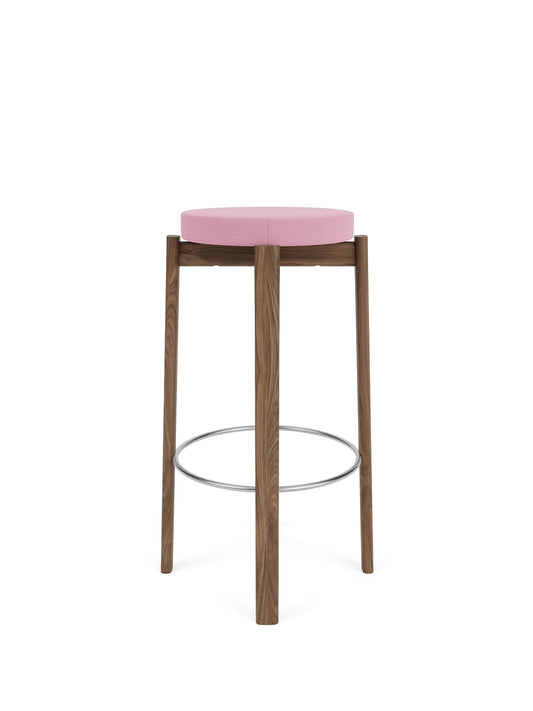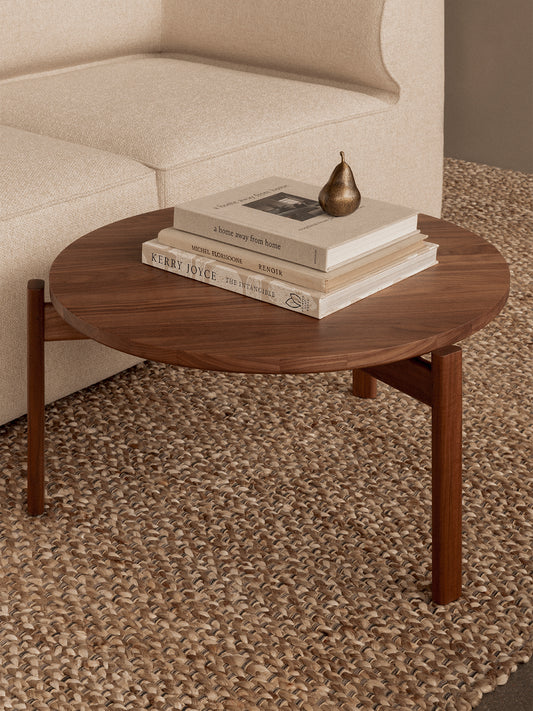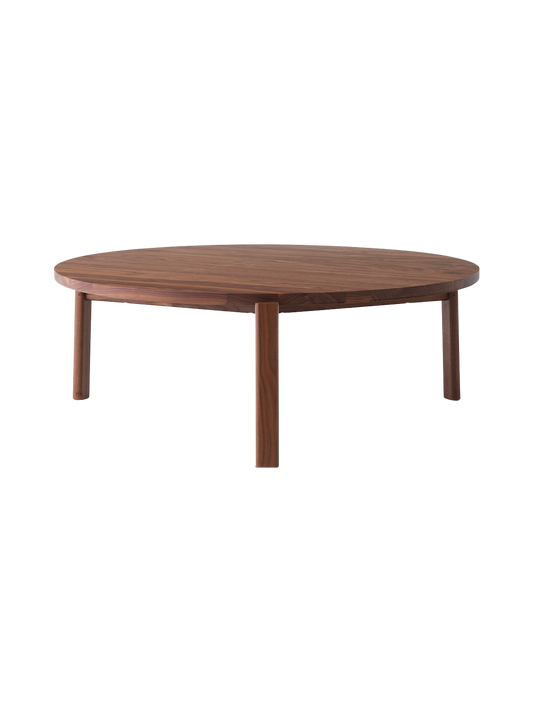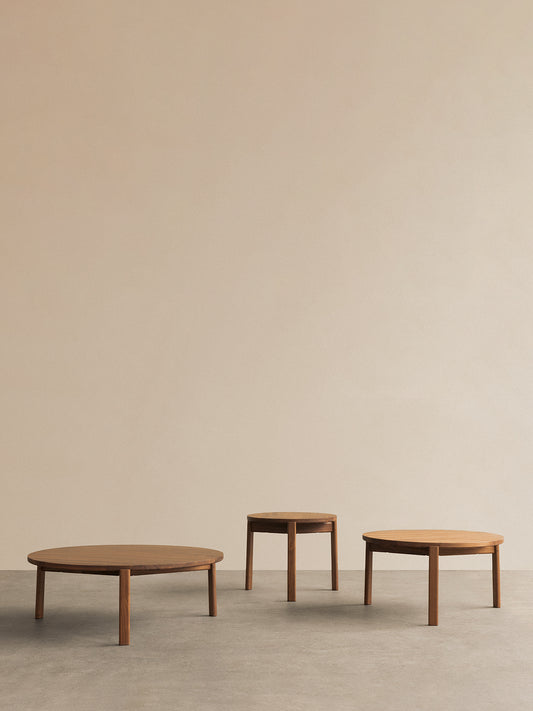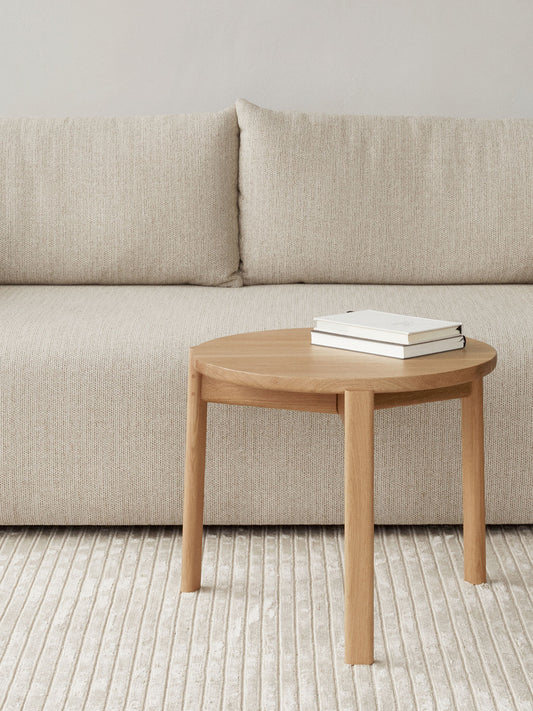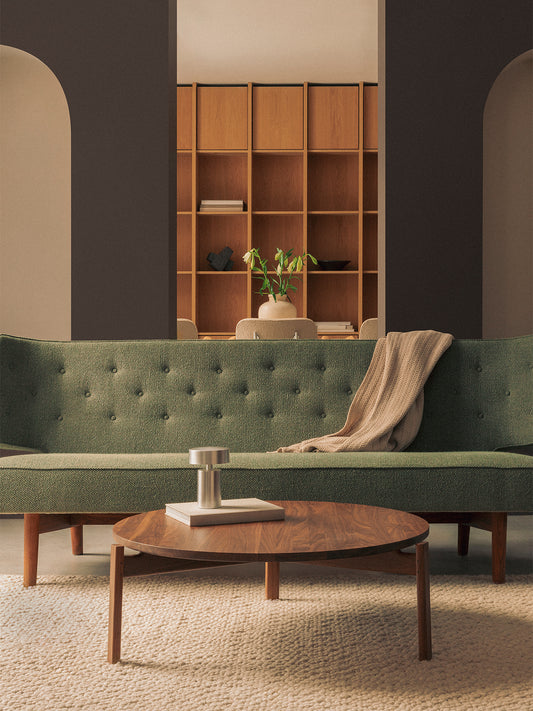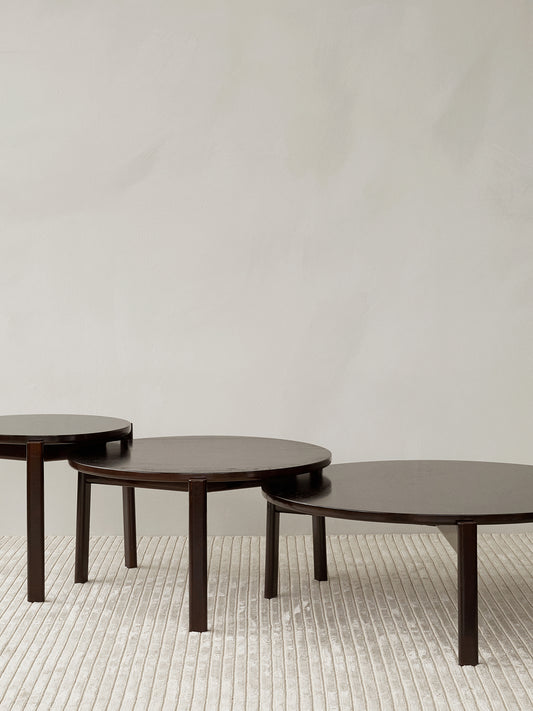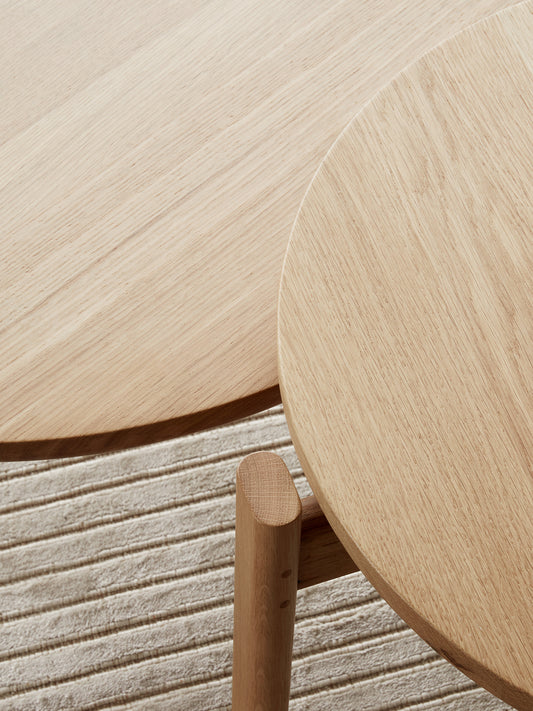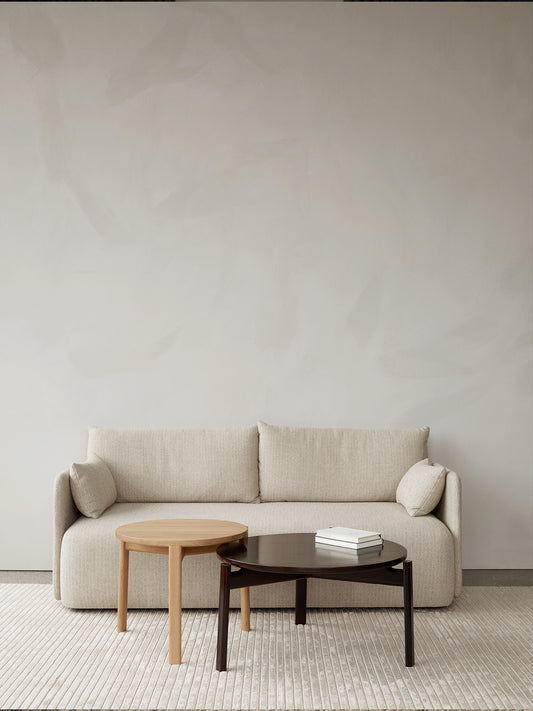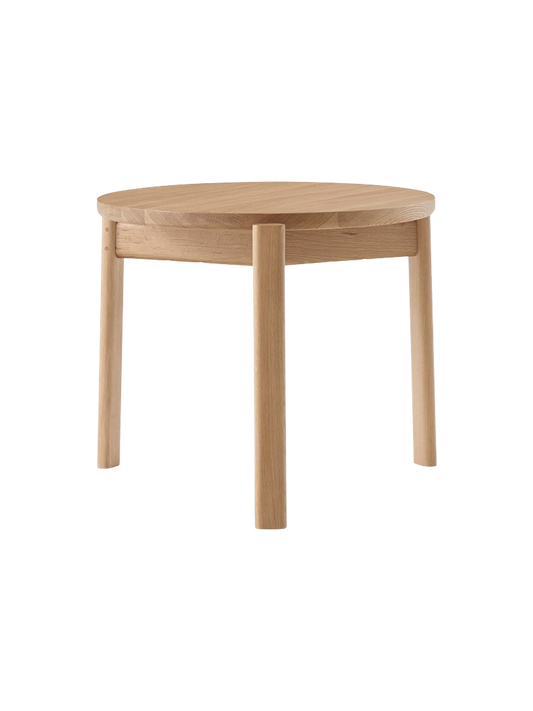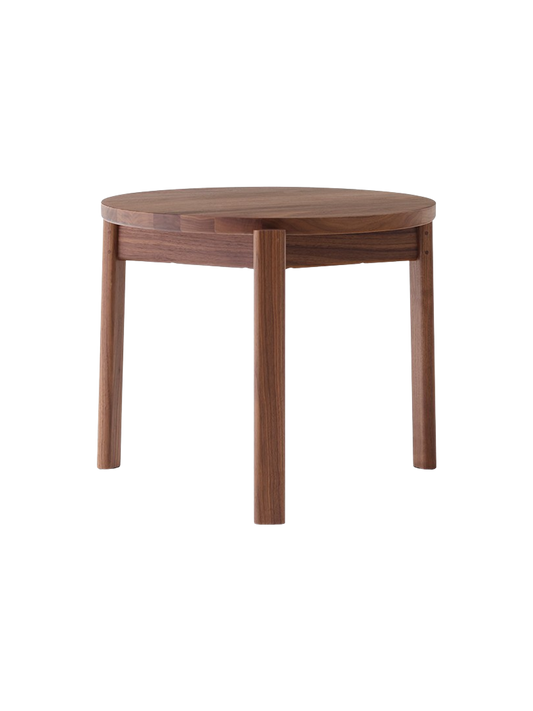Passage Counter Stool
Passage Counter Stool
Designer Kroyer-Saetter-Lassen
Passage Counter Stool
Passage Counter Stool
Designer Kroyer-Saetter-Lassen
SKU 71208-004959
Complete with:
Passage Counter Stool
Passage Counter Stool
Looking to time-honoured Danish cabinetmaking traditions, the Passage Counter Stool in walnut or natural oak showcases modern design and woodworking through traditional techniques. Crafted from solid walnut or FSC™-certified solid oak with a lacquered finish, the rich colours and luxurious grain pattern inherent to the high-quality hardwood ensure an enduring aesthetic. Thoughtfully designed, a brushed brass or black foot ring ensures a comfortable seating experience for extended periods, while the stool's counter height aligns seamlessly with kitchens, bars and other communal spaces, making it a versatile design that effortlessly blends functionality with comfort. Its ingenious flat-pack construction encourages active participation in the assembly process.
Height
65 cm
46 cm
17,5 cm
Diameter
46 cm
Materials
Solid walnut, oak, stainless steel
Shipping
Returns
We hope you love your purchase, but if not, you’re welcome to return it within 30 days of receiving your order. All items purchased between November 18 and December 31, 2025, are covered by our extended holiday return policy. You can return or exchange these items until January 30, 2026. Please note that return shipping costs are not covered by Audo Copenhagen A/S.
Kindly note, our made-to-order items are specially crafted for you. Therefore all made-to-order items are non refundable and placed orders are considered final.

Walnut
Please note: as each sample is crafted from natural wood, variations in colour and grain are to be expected. Dark-stained oak with an oil finish enhances the colour, wood grain and finish of furniture, while allowing the inherent beauty of oak to shine through. The darker tones achieved through the staining process give a warm and inviting look while the oil finish protects against dust and damage.
Brown
Walnut, Solid
Materials:
Natural Oak
Please note: as each sample is crafted from natural wood, variations in colour and grain are to be expected.
A glossy lacquered finish enhances the characteristics of solid oak, bringing out the depth and warmth of the wood with its reflective surface, while helping to repel moisture and dust to contribute to the longevity of the furniture.
Beige, Brown
Oak, Solid
Materials:

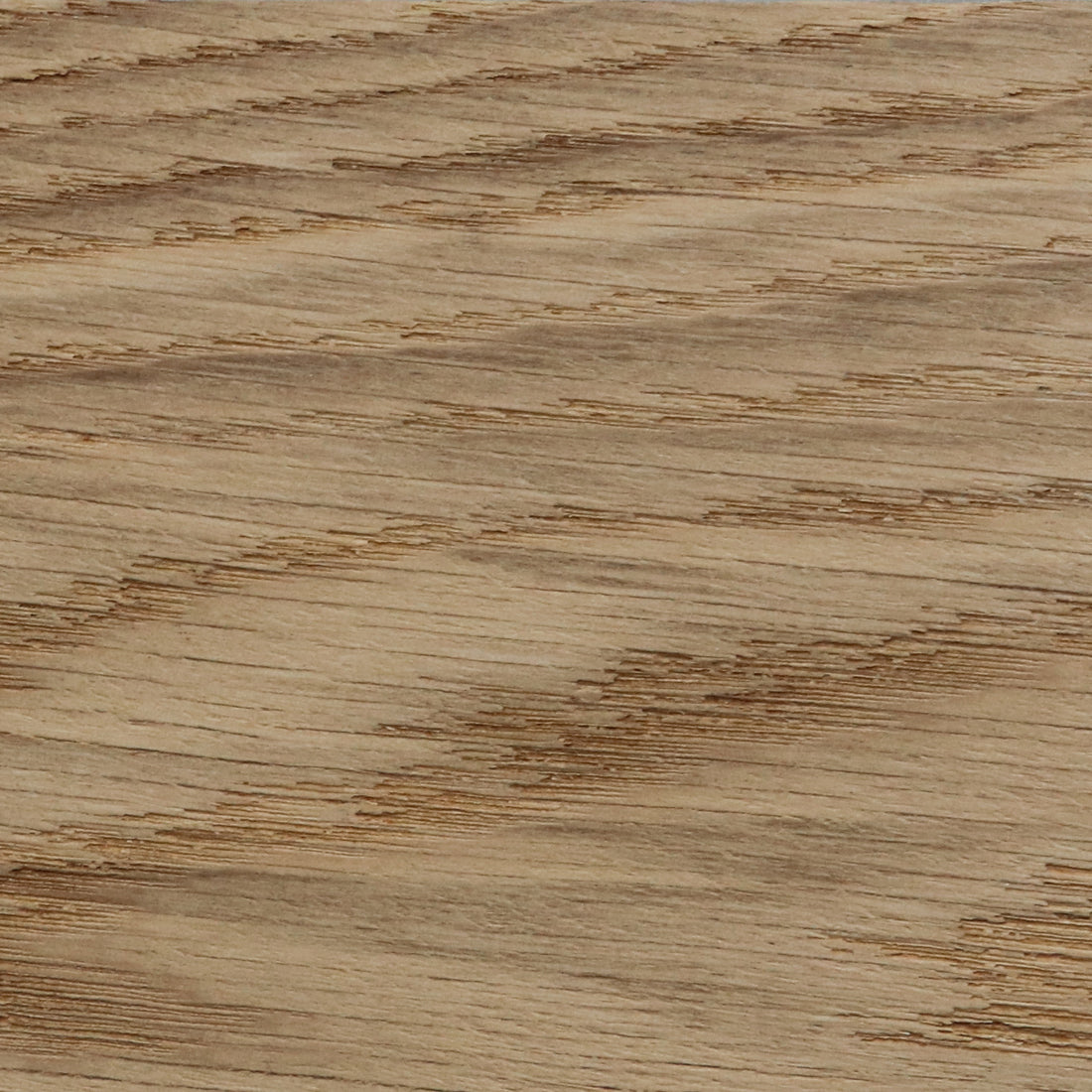
MEET THE DESIGNER
Krøyer-Sætter-Lassen
The Copenhagen-based design studio Krøyer-Sætter-Lassen creates furniture and interior objects for clients across the world. Founded in 2016 by Mads Sætter-Lassen and Emil Krøyer, their honest approach to design results in logical, functional and sculptural objects that showcase their strong cultural understanding and Danish design heritage to bridge the gap between art and design. Krøyer-Sætter Lassen began their collaboration at the Royal Danish Academy of Fine Arts, School of Design, where they have graduated with their BA and subsequently, an MA. Their collaboration has grown from a give-and-take about art and design into the creation of existing projects. The duo recognizes their differences and strengths allowing them to approach their process from different character angles. Krøyer-Sætter Lassen engages each other to seek new materials and perspectives in order to work in a nicety way. Krøyer and Sætter-Lassen's honest focus is revealed through their consideration of material properties and tectonic details. They prefer to make the conscious choice of turning a joint or assembly into a visible design asset instead of concealing it -keeping true to the industrial way.
